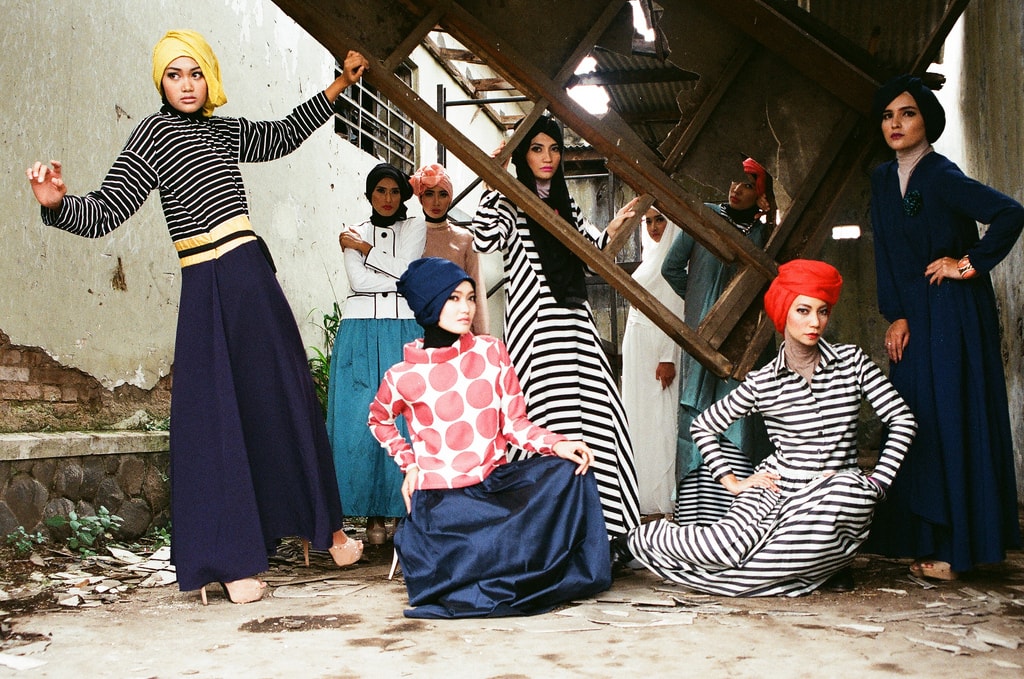Exactly How to Style Eastern Wear Pakistan Outfits for Contemporary Sophistication
Exactly How to Style Eastern Wear Pakistan Outfits for Contemporary Sophistication
Blog Article
Experience the Style of Conventional Eastern Clothes
Embark on a trip via the complex globe of traditional Eastern clothes, where each garment tells a story woven with cultural richness and historical significance. Join us as we unwind the secrets behind these elegant pieces and discover the attraction of Eastern clothing that has astounded generations. eastern wear pakistan.
Background of Eastern Clothes
Eastern outfit has an abundant history that dates back centuries, mirroring the diverse cultures and customs of regions such as Asia and the Center East. In Asia, typical clothes varies significantly from the colorful saris put on in India to the sophisticated kimono of Japan.
Throughout background, Eastern outfit has not just offered as a type of clothing yet also as an icon of cultural identity and heritage (eastern wear pakistan). Fabrics like linen, silk, and cotton have been frequently utilized, with styles and patterns typically holding considerable significances or representing facets of nature or spirituality. Standard garments have been given via generations, with each piece lugging a sense of background and custom. Today, Eastern outfit proceeds to advance, mixing standard elements with contemporary style patterns to develop unique and timeless designs.
Importance of Embroidery
Needlework plays a vital role in traditional Eastern attire, adding intricate information and social value to garments that have actually been given with generations. In Eastern cultures, embroidery is not merely decorative but holds deep symbolic definitions. Each stitch and pattern can convey stories, ideas, and also social condition.
The art of needlework in typical Eastern clothing is a labor-intensive procedure that calls for ability and perseverance. Extremely experienced artisans meticulously hand embroider intricate layouts onto textiles utilizing techniques that have been developed over centuries. These stitched styles typically show the rich cultural heritage of the area they stem from, showcasing motifs inspired naturally, mythology, or historic events.

Luxurious Fabrics Utilized
Extravagant textiles play a crucial duty in boosting the beauty and luxury of typical attire across diverse Eastern societies. Silk, renowned for its gentleness and luster, is a popular choice for several traditional garments due to its luxurious feeling and capability to drape with dignity. In countries like India, China, and Japan, silk has a lengthy history of being used in typical clothes, symbolizing wide range and condition.
Another commonly used lavish material is brocade, identified by elaborate patterns woven right into the material. Brocade adds a touch of refinement to garments and is commonly seen in ceremonial attire and official wear. read the article Velvet, with its luxurious appearance and rich look, is also a preferred choice for typical attire in Eastern societies, particularly for special celebrations and festive events.
Moreover, fabric, chiffon, and satin are frequently made use of for their light-weight and running high qualities, including a feeling of special and elegance to garments. These glamorous materials not just boost the visual charm of standard Eastern clothing however likewise add to the total attraction and beauty of the wearer.
Workmanship Methods
Standard clothing in numerous societies showcases flawless workmanship techniques that are passed down with generations, highlighting the skill and virtuosity included in creating these splendid garments. Each needlework, embellishment, and stitch is thoroughly crafted to develop ageless pieces that embody the social heritage and practices of the area. The craftsmanship techniques used in traditional Eastern clothing usually entail complex handwork, such as hand weaving, hand embroidery, and hand beading, which require accuracy and interest to detail.
Artisans who specialize in these methods undertake years of training to best their skills and master the typical techniques of garment building. Using high-quality products integrated with expert workmanship leads to garments that not only look aesthetically sensational but additionally stand the examination of time. The commitment to preserving these craftsmanship strategies makes sure that each piece of typical Eastern clothes is an artwork, mirroring the rich social history and heritage of the area.
Timeless Style and Charm

The elaborate embroidery, delicate beadwork, and elegant web link materials used in typical Eastern attire add to its unmatched appeal. The careful workmanship passed down with generations guarantees that every item emanates and informs a story class and elegance.
Furthermore, the classic silhouettes and elegant draping of conventional Eastern attire add to its long-lasting charm. The moving lines and elegant styles develop a sense of harmony and equilibrium that is both visually enticing and emotionally captivating.
Fundamentally, the ageless style and charm of standard Eastern clothing work as a testament to the ability and virtuosity of the craftsmen who devote their lives to look at this site maintaining these splendid sartorial traditions. - eastern wear pakistan
Final Thought
In verdict, the style of traditional Eastern clothes is a testimony to the rich background, social value, and intricate craftsmanship of the region. From the fancy needlework to the elegant materials and ageless appeal, each garment narrates and mirrors the social identification of its beginnings. Embracing Eastern attire allows one to value the creativity and sophistication that have actually been given with generations, developing absolutely exquisite and captivating pieces.
Embark on a journey with the elaborate world of standard Eastern clothes, where each garment informs a tale woven with cultural richness and historical importance.Embroidery plays a vital role in typical Eastern attire, adding detailed information and social relevance to garments that have been passed down through generations.Elegant fabrics play a critical function in improving the sophistication and luxury of conventional attire throughout varied Eastern cultures. The craftsmanship strategies utilized in conventional Eastern attire usually entail detailed handwork, such as hand weaving, hand needlework, and hand beading, which require accuracy and interest to detail.
In conclusion, the elegance of typical Eastern clothes is a testament to the abundant history, social relevance, and intricate workmanship of the region.
Report this page